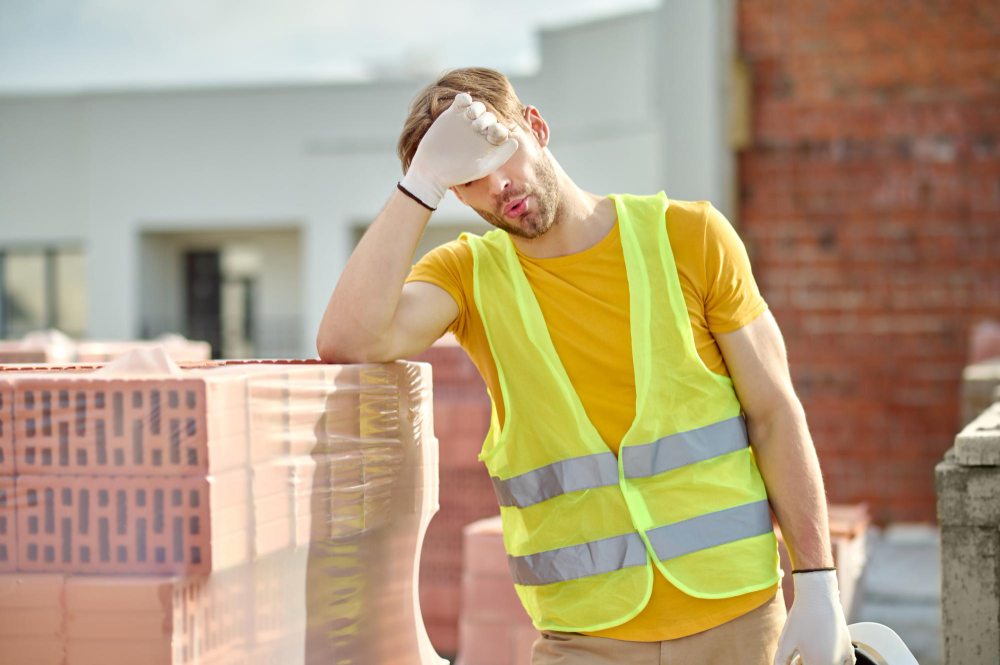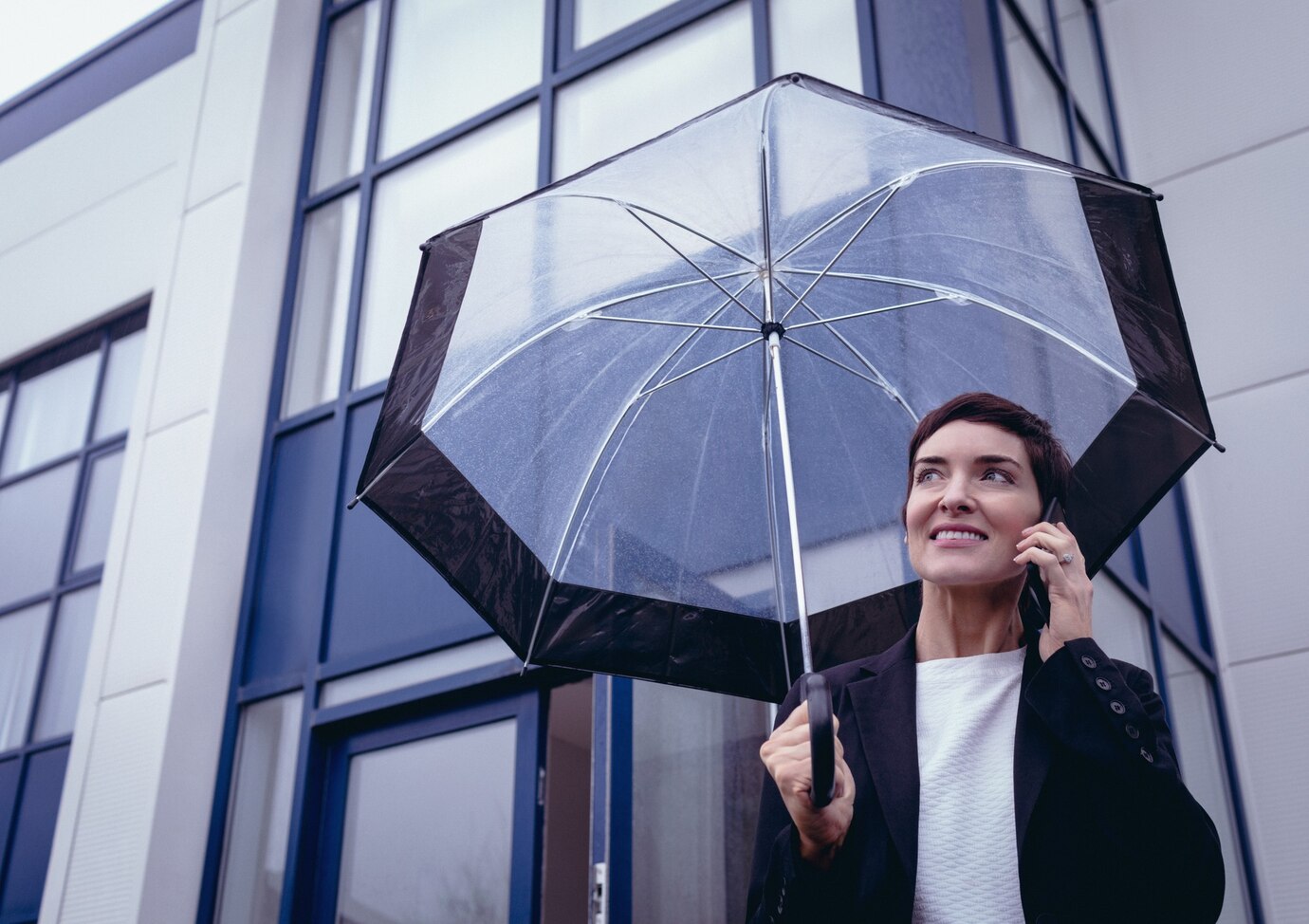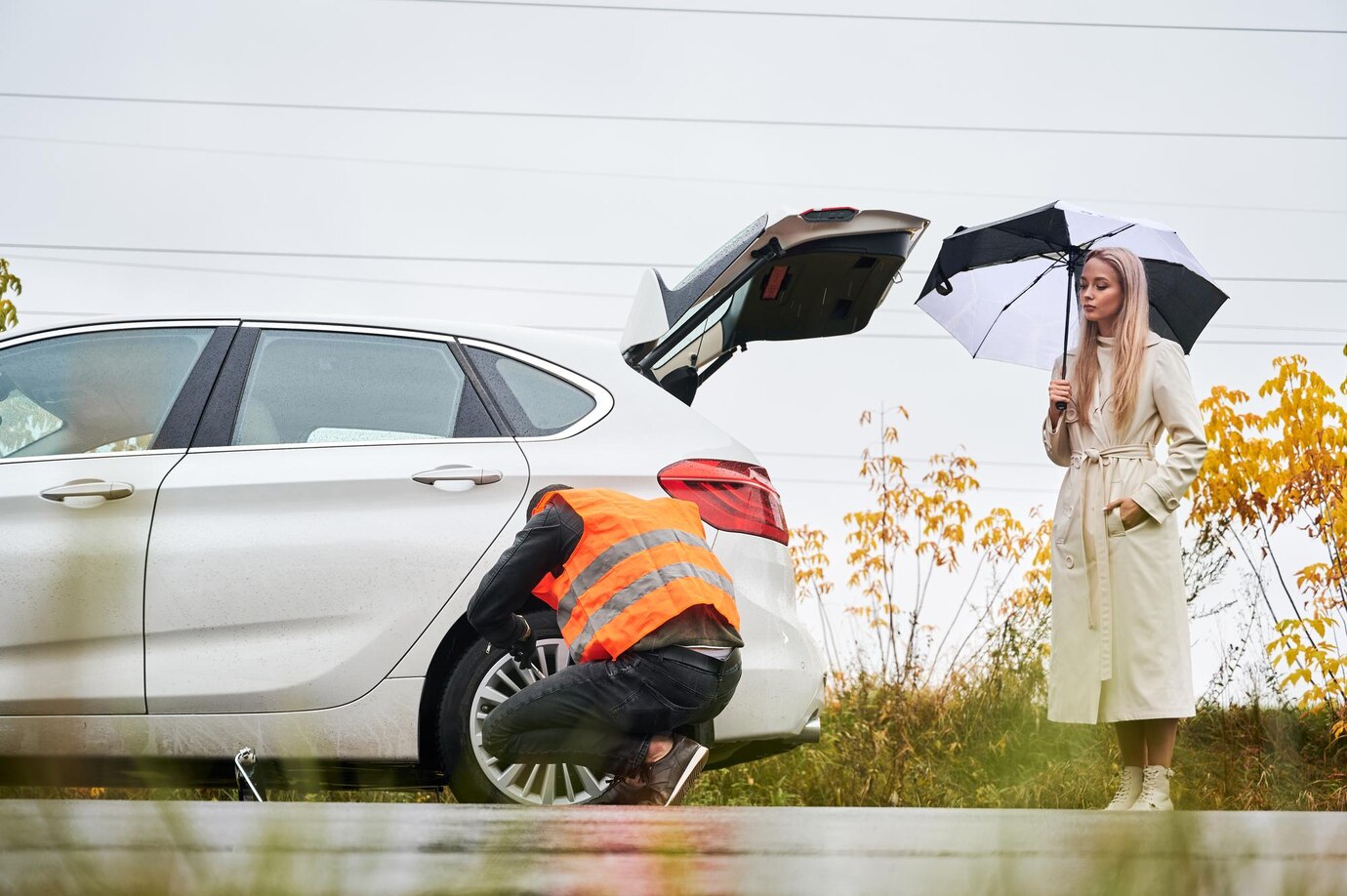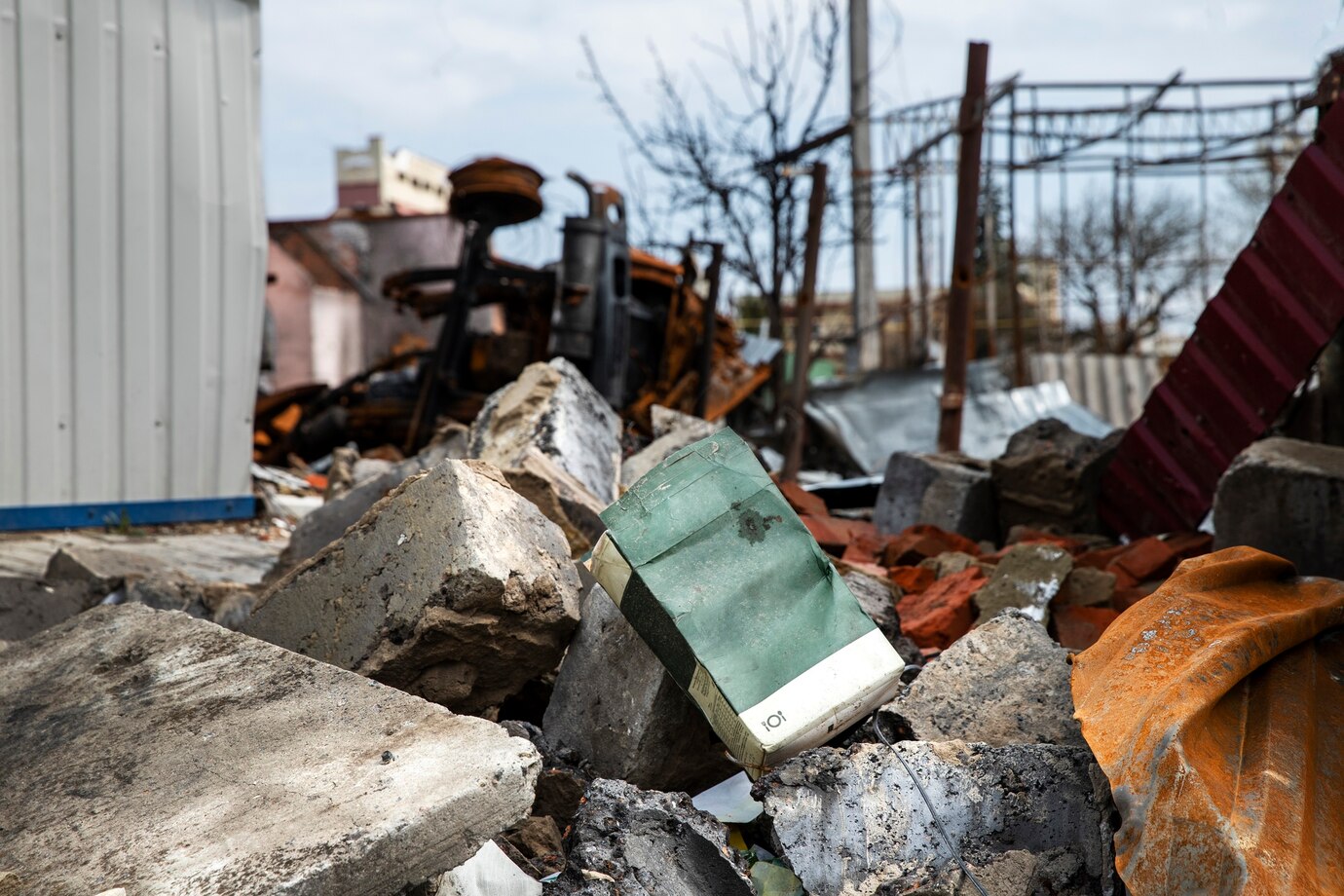Colorado is one of the most storm-prone states in the U.S., with frequent hailstorms, high winds, and flash floods causing billions of dollars in damage every year. Storm damage contractors are essential in helping homeowners and businesses repair and rebuild, but their work carries major risks—from hazardous work conditions to customer lawsuits over unsatisfactory repairs.
Without the right insurance, one structural collapse, worksite injury, or customer dispute could put your company at risk. Here’s what Colorado storm damage contractors need to know about protecting their business.
The Biggest Risks for Storm Damage Contractors in Colorado
🌪 Hazardous Worksite Conditions – Storm-damaged buildings may have weakened roofs, exposed electrical wiring, or unstable foundations, making them extremely dangerous for workers.
🏗 Defective or Incomplete Repairs – If a storm repair job fails to hold up against the next storm, clients could sue for damages.
🛠 Theft of Expensive Equipment – Generators, roofing materials, and power tools are high-theft targets on disaster sites.
💰 Customer Disputes Over Insurance Payouts – Property owners often disagree with insurance claim estimates, leading to conflicts with restoration contractors.
💡 Real Case Study: A storm damage contractor in Colorado Springs was sued for $300,000 after a hail-damaged roof they repaired leaked during the next storm, causing interior water damage. Professional liability insurance covered the legal costs.
Essential Insurance for Storm Damage Contractors
✔ General Liability Insurance – Covers customer injuries, property damage, and lawsuits from storm repair work.
✔ Workers’ Compensation – Legally required in Colorado for businesses with employees. Covers fall injuries, electrical shocks, and lifting accidents.
✔ Professional Liability Insurance – Covers defective or disputed storm repairs.
✔ Equipment & Tools Insurance – Protects power tools, ladders, and restoration equipment from theft.
✔ Commercial Auto Insurance – Covers work trucks transporting roofing, siding, and repair materials.
💡 Did You Know? Colorado ranks #2 in the U.S. for hail damage claims, with billions in property losses annually.
How to Reduce Insurance Costs for Storm Damage Contractors
🔹 Use detailed contracts outlining exactly what is covered in the repair job to avoid disputes.
🔹 Train employees on working in storm-damaged structures to prevent injury claims.
🔹 Bundle liability, workers’ comp, and auto insurance for lower premiums.
Final Thoughts
Storm damage repair is a high-risk industry, but the right insurance coverage ensures contractors are protected from injuries, lawsuits, and financial losses.












